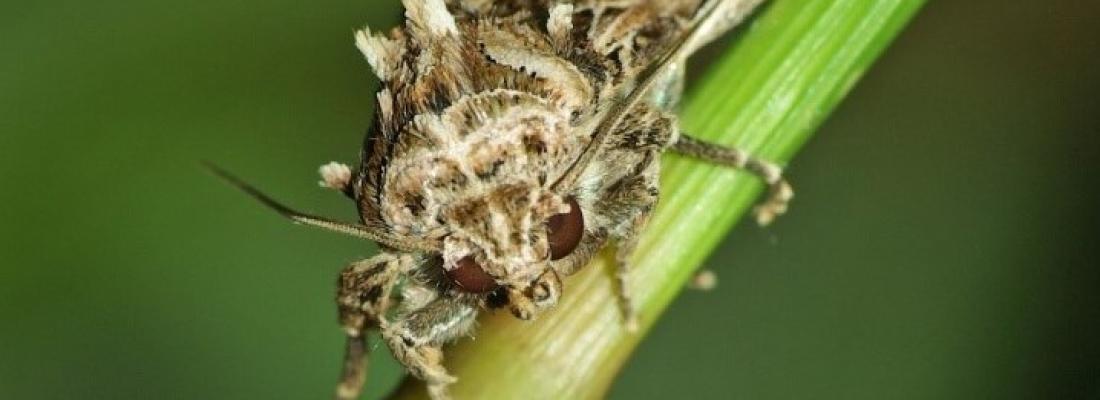Biodiversity Reading time 2 min
A new target in the fight against the cotton leafworm
Published on 03 December 2019

Pheromones frequently serve as the basis for biocontrol methods, which aim to trap insect pests or disrupt their olfactory communication. One such pest is the cotton leafworm (Spodoptera littoralis), an invasive moth species in France that is also found across the Mediterranean Basin, in Africa, and in the Middle East. Its caterpillars are extremely polyphagous: they can feed on all plant organs and consume a diversity of crop species. Other species in the genus Spodoptera, such as the fall armyworm (Spodoptera frugiperda), are also extremely polyphagous pests and pose a threat to European agriculture. Identifying pheromone receptors in these species can provide scientists with solid targets when developing new biocontrol strategies.
In the recently published study, researchers systematically collected functional data on all the olfactory receptors of the cotton leafworm. They discovered a sex pheromone receptor that belonged to a new category of pheromone receptors. In tandem, they used CRISPR/Cas9 tools to create mutants in which the receptor was knocked out in order to test its importance in the moth's sexual communication. Mutants could not detect the sex pheromone anymore and were unable to mate normally. The receptor and its ligand have been patented for use in mating disruption—as target for "pherocides".
The study also showed that this new receptor is singular. Previous research suggested that all moth pheromone receptors have arisen from a single evolutionary event and were derived from a lineage of traditional olfactory receptors. However, this study revealed that the receptor in the cotton leafworm belongs to a distantly related lineage, indicating that pheromone receptors in moths may have independently evolved at least two separate times. Better understanding the evolution of these receptors can help us understand how pheromone communication participates in speciation events. It can simultaneously clarify how insects become resistant to pheromone-based pesticides: any changes taking place in a receptor can change how insects respond to a given compound and may render them invulnerable.
1This work was carried out as part of a LIA focused on plant protection (BiPi). BiPi is a partnership between French and Chinese researchers and was launched in March 2019. Direct link
|
Reference A novel lineage of candidate pheromone receptors for sex communication in moths |
